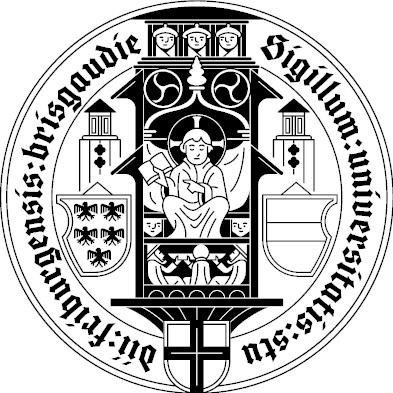Dieses Jahr bei Cambridge University Press erschienen: “From the Material to the Mystical in Late Medieval Piety”
Die deutsche Mystikerin Gertrud die Große von Helfta (c.1256-1301) ist eine weltweit verehrte Heilige, die immer noch im Mittelpunkt der Herz-Jesu-Verehrung steht. Ihre Visionen wurden zuerst in lateinischer Sprache aufgezeichnet und inspirierten Generationen von Lesern zu Prozessen des kreativen Umschreibens.
Die volkssprachlichen Kopien dieser Redaktionen stellen die seit langem bestehende Vorstellung in Frage, dass Übersetzungen nicht das gleiche literarische oder historische Gewicht haben wie die Originale, auf denen sie basieren. In diesem Werk argumentiert Racha Kirakosian, dass die Übertragung von Manuskripten zeige, wie Redakteure als “cultural agents” dienen. Sie untersucht die spätmittelalterlichen volkssprachlichen Kopien von Gertruds Visionen und zeigt, wie Redakteure Textmaterialien umgestalten, Veränderungen in der Frömmigkeit widerspiegeln und neue Formen von Andachtspraktiken hervorbringen. Sie zeigt auch, wie diese Texte als Brücke zwischen materieller Kultur in Form von Textilien und Buchmalerei und Mystik gedient haben.
Kirakosians facettenreiche Studie ist ein wichtiger Beitrag zu aktuellen Debatten um mittelalterliche Handschriftenkultur, Autorenschaft und Übersetzung als eigenständige Studienobjekte.
Reviews zu dem Buch:
‘This book draws on newly discovered evidence for the collaborative production of the Latin visions of Gertrude of Helfta (d. 1301) and proposes a new approach to reading the late fourteenth-century German translation, der botte der götlichen miltekeit. A complete analysis of the manuscripts of the botte, understood as examples of dynamic textuality, is combined with studies of text production, redaction, reading and copying, and an innovative discussion of the interplay between material culture and the presentation of textiles in the two versions of Gertrude’s visions.’
Nigel F. Palmer – Emeritus Professor of German Medieval and Linguistic Studies, St Edmund Hall, University of Oxford
‘In exploring the Latin and vernacular production and reception of Gertrud von Helfta’s Legatus divinae pietatis, Racha Kirakosian is redefining late medieval authorship and the value of each redaction within the landscape of late medieval piety. Her book offers innovative and always exciting discoveries as she unpacks the vital transmission of Gertrud’s Legatus combining the scribal nature of late medieval piety with the textile culture of religious communities. Groundbreaking research, brilliantly written, a scholarly masterpiece!’
Hans-Jocher Schiewer – University of Freiburg
‘Like the textiles Gertrude’s writings and their translations so beautifully evoke, Racha Kirakosian’s book weaves together philological investigations, interpretive analyses, and unwavering attention to human communities to create a colorful, richly textured view of later medieval monastic life. Though rigorously centered on texts – their complex process of creation, reception, and transmission – this book has much to offer historians of art and material culture, female monasticism and reform, and the medieval religious imagination more broadly.’
Jacqueline E. Jung – Professor of History of Art, Yale University
